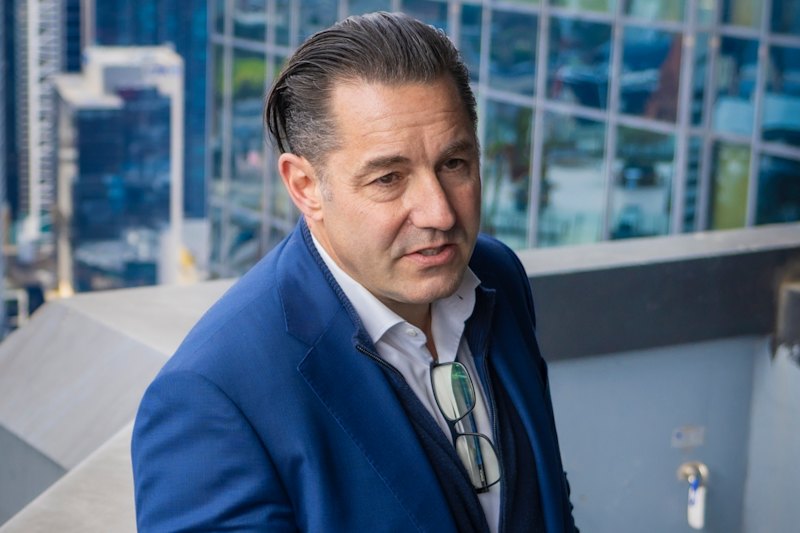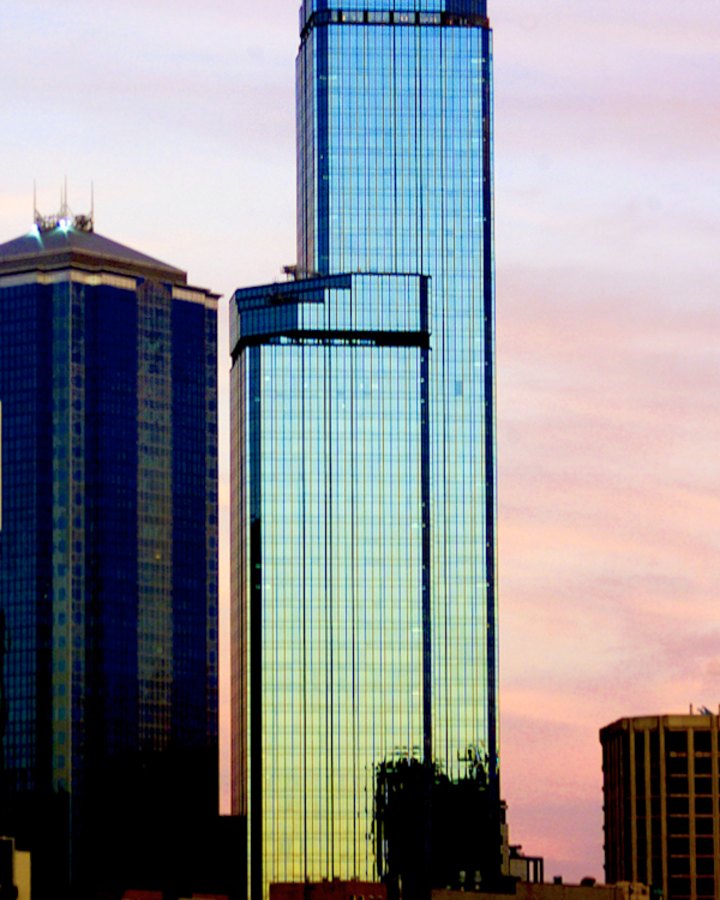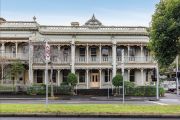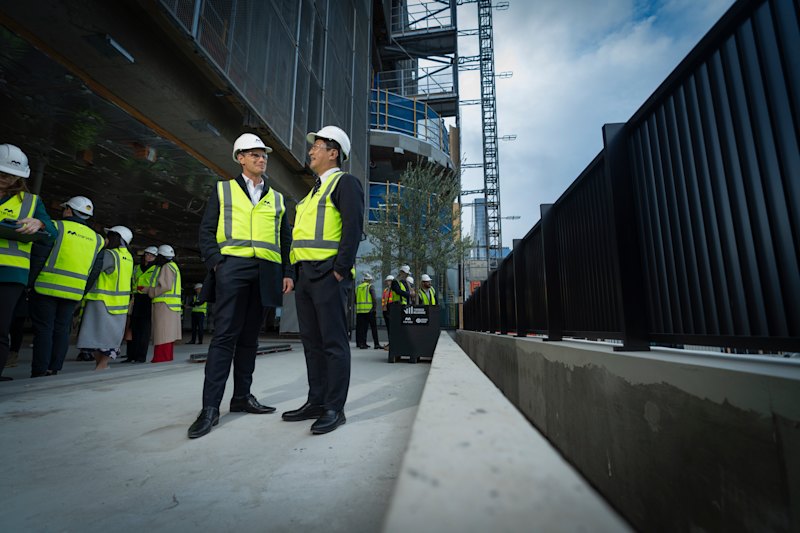
Lorenz Grollo mulls end to family ownership of Melbourne’s Rialto
Lorenz Grollo could sell his family’s 50 per cent stake in Melbourne’s Rialto office tower as a springboard to invest more widely into a recovering office market, ending the ownership of a Victorian landmark that has been synonymous with the family since it was built 40 years ago.
Capital from a sale of their stake in the 525 Collins Street building could support acquisitions of A-grade and premium office assets in cities such as Brisbane and Sydney, Grollo said.

But while an option, he said it was not definite that his family would sell down its stake in the building co-owned mostly by GIC since 2020, when the Singapore sovereign wealth fund bought out the stake of Kuwaiti-controlled St Martins Properties for $644 million.
“It’s too early to determine whether the family will sell down and if so, when,” he told The Australian Financial Review.
“The capital reinvestment strategy, including any allocation through Grollo Co as a potential co-investor, would follow any such decision.”
He declined to give a value for the building.
Any sell-down of the half stake now overseen by Grollo Co – a new investment management company the family has created – would only happen after the current owners had demonstrated to institutional investors looking for assets that an office market recovery was underway, he said.
To do this, the family is driving a refurbishment of the twin-tower 43- and 63-level building through Grollo Co.
“For the last five years it really wasn’t working,” Grollo said. “We’ve stepped back into the asset. We, along with GIC, have taken the reins of getting Rialto back on track.”
Dexus owns 10 per cent and GIC 90 per cent of the other half-stake.
Dexus previously managed the property and Colliers was the leasing agency. Knight Frank is now the building manager and Cushman & Wakefield and ETC have been appointed joint leasing managers.
To lift an occupancy rate that currently sits at 75 per cent – below rival buildings at 600, 120, 101 and 90 Collins Street – Grollo Co and Dexus Australia Commercial Trust, the Dexus-managed vehicle that looks after GIC, have started a $100 million renovation that includes a new gym offering, refreshed end-of-trip facilities and a new business lounge.

Hospitality will also be a focus. Other plans include creating an outdoor terrace on the 38th level that holds concrete footings and rails for now-obsolete window-washing equipment. The same level could also locate a coworking space or new restaurant, in addition to its flagship Vue de Monde venue on level 55, Grollo said.
“A big building like Rialto can have multiple event spaces and facilities that bring people together,” he said.
Grollo said he had already started talks with potential investors, including some institutions in Japan and South Korea, about opportunities arising in Australia’s office market.
“In the next 12 months the opportunity and market will be right,” he said in an interview.
“We have had conversations with local as well as external funds. We’re at the bottom of the market. The [premium and A-grade] office market is only going to become more valuable and extremely hard to build again.”
While office buildings in central Sydney were the first to show a recovery from a downturn triggered by the COVID-19 pandemic rise of flexible working practices, there are signs that the turnaround is widening.
Figures from data provider MSCI show wholesale office funds recorded a positive total return for the second quarter in the three months to June. Separate numbers from commercial agency JLL show all six CBD office markets it monitors absorbed 56,900 square metres more than they gave up in the second quarter, the sixth straight month of positive net absorption.
The national CBD office market vacancy rate tightened from 15.4 per cent to 15 per cent over the year to June, JLL said.
“The Australian office leasing market has shown its resilience over 2025,” said JLL’s head of research for Australasia Andrew Ballantyne.
“While some lease negotiations can be protracted, positive net absorption results show most organisations are growing their occupational footprint.”











